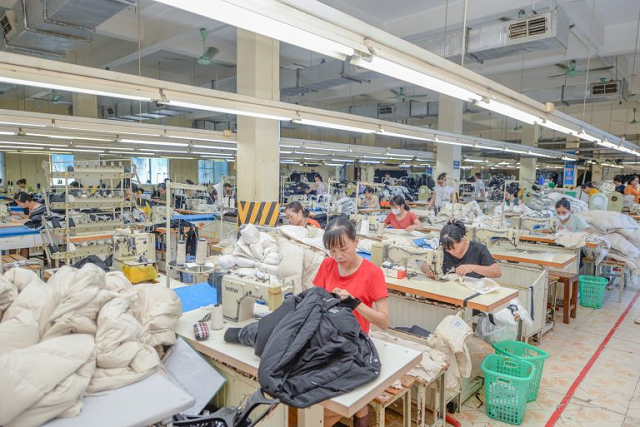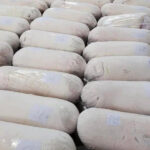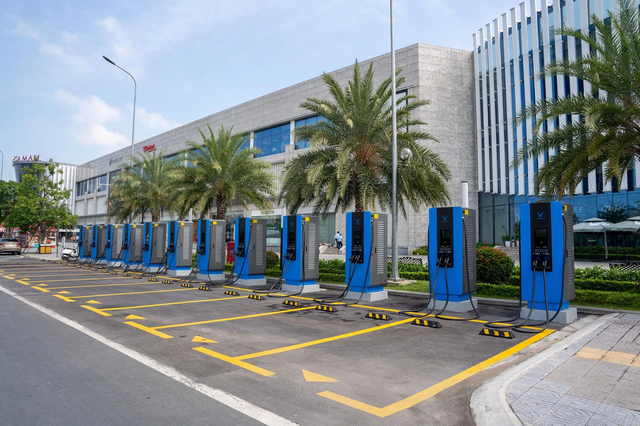This information was shared by Le Tien Truong, Chairman of the Board of Directors of the Vietnam Textile and Apparel Group (Vinatex, UPCoM: VGT), at the Party Executive Committee Conference held last weekend.
According to a preliminary report on the business results for the first nine months of 2024, Vinatex estimated consolidated revenue of VND 13,036 billion, a nearly 1% increase compared to the same period last year, and a pre-tax profit of VND 490 billion, an over 70% surge. With these results, the Group has achieved nearly 73% of its revenue target and more than 89% of its profit goal for the year.
“The market context remains challenging and unstable in 2024,” noted Chairman Le Tien Truong. The only difference between 2024 and 2023 is that the market conditions have improved quarter by quarter.
In the first six months of 2024, the entire textile and garment industry exported approximately $20 billion. However, subsequent instability in competing countries like Bangladesh and Myanmar created short-term advantages for Vietnam’s textile industry.

Illustrative image
|
“Businesses need to continue taking decisive actions, enhancing production capacity, and practicing savings to ensure stable production and business operations, especially for companies producing raw materials, which have been facing difficulties for the past 30 months,” emphasized Mr. Truong.
Tapping into a niche market with flame-retardant fabric
To achieve the export target of $44 billion in 2024, a 10% increase compared to 2023, Mr. Le Tien Truong remarked in a recent article on the Vinatex website that “it heavily relies on market signals in the fourth quarter of 2024.”
Based on his experience, Mr. Truong observed that long-term forecasts of six months to a year have been highly inaccurate since 2022. Therefore, the biggest challenge for Vietnam’s textile industry is the uncertainty of making predictions. “We may have some good months, but immediately after that, there could be one or two bad months,” said the leader of Vinatex. The market fluctuations since 2022 have taught the managers of the textile industry an important lesson: always make shorter-term forecasts, update them more frequently, and make management decisions faster and more flexibly to catch the waves of short-term growth in the global market.

Chairman of the Board of Directors of Vinatex Le Tien Truong sharing at an event in May 2024
|
To meet the year-end goals, Vinatex and its member companies have implemented various solutions and strategies. One such approach is to venture into niche markets and increase product value by trading in and manufacturing flame-retardant fabrics and clothing.
In this regard, Vinatex has entered into a joint venture with the Coats Group to invest in producing flame-retardant fabrics. They are expediting production and aim to export the first batches to Indonesia, India, the Middle East, and the USA in the third quarter and the beginning of the fourth quarter.
“For this collaboration, Vinatex set a revenue target of $2-2.5 million for 2024 and aims to double it annually over the next five years. The primary goal is to meet the demands of the US market, and from there, we will expand to the EU, Japan, South Korea, and other global markets,” shared Mr. Truong.















